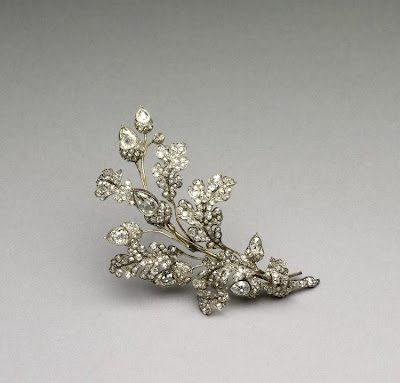Lantern clocks such as the one pictured here were first developed in England in the 1620s. The name “lantern” is thought to have come from the word “laton” - meaning brass - as most of these timepieces featured brass cases.
These clocks were always driven by weights and were made to stand on a bracket or to hang on the wall.
This clock is exceptional in that it is the only known lantern clock with a silver, and not brass, case. The dial plate, chapter ring, alarm disc, side doors and pierced silver gallery are all comprised of silver. Because of the unusual medium, we can only assume that this clock was a special commission for a wealthy patron from David Bouquet, a French immigrant who was admitted to the Blacksmiths' Company in 1628. Bouquet joined the Clockmakers' Company as a founding member in 1632. He was known for his fine engraving—work which we can see nicely here. The front of the clock is engraved with pinks, tulips, lilies and other flowers. Meanwhile, above, an openwork gallery is surmounted by pierced floral crestings with vases at the corners.
The clock dates to about 1650.









































